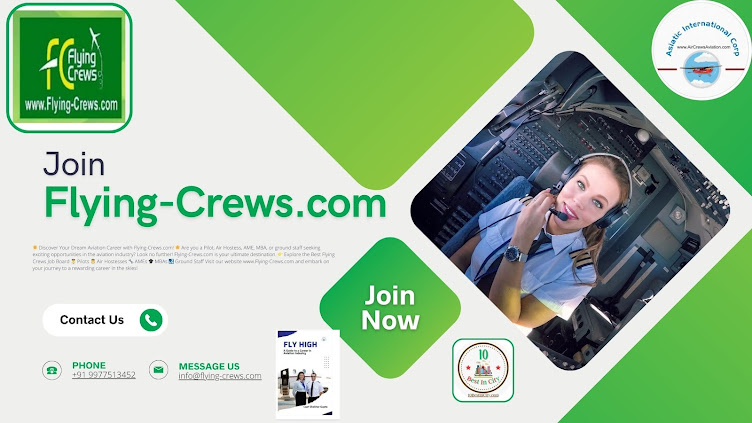Flying Solo: Entrepreneurship in the Airlines Industry
Flying solo as an entrepreneur in the airline industry can be an exciting and challenging endeavor. While the airline industry is highly regulated and competitive, there are still opportunities for innovative and forward-thinking individuals to make their mark. If you're interested in entrepreneurship in the airlines industry there are some points that you have to remember.
1. Identify a Position: The airline industry is vast and diverse, so it's important to identify a specific job or position or target market for your business. You can focus on providing charter flights for the job, like business executives, medical evacuations, sports teams, or tourists to remote destinations.
2. Business Model: Determine the business model that aligns with your Job that will help you operate a full-service airline, a low-cost carrier, a regional airline, or a specialized service provider. You need to keep few factors in your mind such as the size of the aircraft fleet, target destinations, customer experience, pricing strategy, and revenue streams.
3. Regulations and Licensing: Depending on the country, you will need to obtain various Rules and regulation, licenses, permits and certifications. Ensure compliance with safety regulations, operational standards, and security protocols.
4. Financing: Starting an airline can require substantial financial resources. So, you need be aware of the costs associated with aircraft acquisition or lease, maintenance, fuel, insurance, staffing, marketing, and infrastructure. Also need to Explore funding options such as private investors, venture capital, government grants, or partnerships with established airlines.
5. Fleet Acquisition: Determine the appropriate aircraft type and size for your operations. Consider factors such as range, capacity, fuel efficiency, maintenance requirements, and compatibility with your business model. Leasing aircraft initially may be a more cost-effective option than purchasing.
6. Network and Partnerships: Building strong partnerships and alliances can enhance your chances of success. Collaborate with travel agencies, hotels, tourism boards, and other industry stakeholders to create synergies and generate business. You can also establish codeshare agreements or interline partnerships with established airlines to extend your reach.
7. Customer Experience: Differentiate your airline with other airlines by providing exceptional customer service and a unique experience. Focus on factors such as comfort, convenience, on-time performance, in-flight amenities, loyalty programs, and personalized services.
8. Marketing and Branding: Create an effective marketing strategy to promote your airline and attract customers. Leverage social media, digital marketing, public relations, and partnerships to increase brand visibility and generate bookings.
9. Safety and Security: Prioritize safety and security throughout your operations. Adhere to strict safety standards, invest in rigorous pilot training, regular aircraft maintenance, and implement robust security measures. Establish trust with customers by emphasizing your commitment to their well-being.
10. Adaptability and Innovation: Stay active and adapt to changing market conditions. Monitor industry trends, technological advancements, and customer preferences. Continuously seek opportunities to innovate and improve your operations, whether through new services, upgraded technologies, or sustainability initiatives.
It's essential to conduct thorough market research, develop a comprehensive business plan, and seek expert advice from professionals experienced in the aviation sector as it is challenging industry where you will also face risks.
Komal B Maniar
Aviation Team
Asiatic International Corporation
komalasiaticintcorp@gmail.com
asiaticintcorpkomal@gmail.com
http://www.AirCrewsAviation.com
https://www.portrait-business-woman.com/2023/06/komal-b-maniar.html
https://komalmaniar.vcardinfo.com/
https://www.flying-crews.com/2023/06/flying-solo-entrepreneurship-in.html
#AirborneEntrepreneur
#SkyHighStartups
#WingsOfInnovation
#AeroVenture
#AviationPioneer
#FlyingSoloSuccess
#AltitudeBusiness
#AirlinesInnovation
#JetSetEntrepreneur
#Cloud9Enterprises
#SkylineStartups
#AirborneVisionaries
#FlyAndThrive
#Aviapreneurship
#WingedEnterprises












.jpg)
